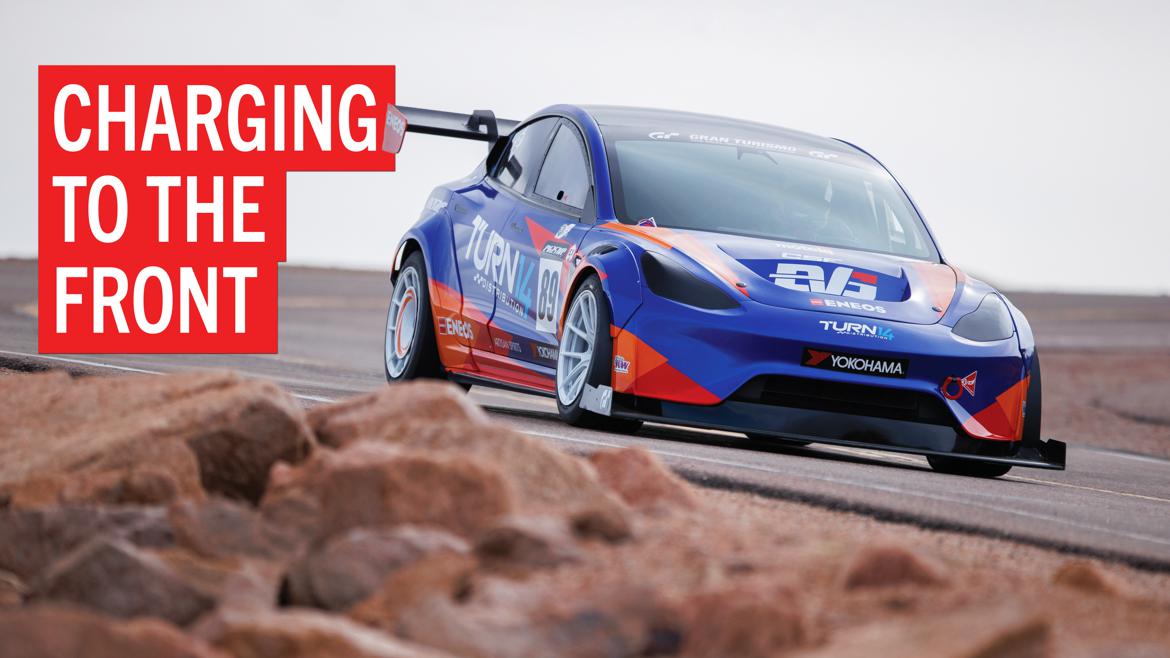Talk about the bedrock of human society: Concrete is the material behind such significant architectural benchmarks as the Roman Colosseum, the Hoover Dam and Alcatraz. This simple blend of sand, gravel and cement has been with us since at least 5600 B.C., with a few ingredients mixed in along the way for added strength and durability.
Of course, you don’t need to travel to Rome to come in contact with the stuff; most gearheads are old pals with their cement garage floors. This durable, easy-to-level material is a common choice for workspace flooring.
Although plain concrete makes a terrific construction medium, it still leaves a bit to be desired as a work surface. If poorly finished, it can be rough and dusty; it’s also cold to lie on, tiring to stand on, and easily stained by oil and grease.
Modern sensibilities demand something more luxurious and appealing to the eye, whether the garage is used for real work or simply showing off. Luckily, a variety of options are available to make decorative and functional improvements to plain concrete floors, each with its own benefits and drawbacks.
Paint
Pros: Inexpensive and easy to apply, simple to repair, no special equipment required.
Cons: Slippery, doesn’t offer much stain protection, prone to lifting, flaking and scratching.

Photography Credit: David S. Wallens
Likely the simplest method for finishing a garage floor, an exterior paint suitable for masonry can provide the visual benefit of a more expensive floor product—at least for a little while. As with most methods, preparation is the key to good results. A thorough cleaning with trisodium phosphate will pay dividends in the finished product. Paint will do the job of covering the concrete, but it isn’t well suited to work areas or heavy loads.
Epoxy Floor Coating
Pros: Lots of color and finish possibilities, do-it-yourself capability, can be used on older floors.
Cons: Can lift if poorly prepared, difficult to repair, slippery when wet.

Photography Credit: David S. Wallens
Thanks to their low cost, easy application and durable results, epoxies have become a popular floor finishing solution in recent years. Epoxy coatings are also much thicker than most other finishes, making them a good choice for surfaces that are slightly uneven or have small cracks. This thickness can also allow for some neat design elements, such as grip-enhancing textures and visible logos suspended in the epoxy layers. Plus, the coatings come in a rainbow of colors to suit your space.
Stained or Dyed Concrete
Pros: Multiple application options, permeates below the surface, can be used to create intricate patterns.
Cons: Intricate finishes are expensive, needs periodic resealing, can be tricky to clean up.

Photograph Courtesy Polished Concreate Images
Some of the most visually striking floor finishes are created using dyes and stains. They can be rolled, brushed or sprayed onto a concrete surface after it’s in place, and in some cases the concrete can be dyed before it’s even poured. The chemistry of dyes and stains allows them to be absorbed into the concrete, so the finish won’t ever lift or peel. The dyes don’t do anything to protect the surface, however, so the floor will still be at risk for oil stains unless it’s sealed regularly.
Plastic Mats
Pros: Easy to install and clean, fewer seams than tile, can go over any surface.
Cons: Impractical to repair, susceptible to heat and chemical damage, can trap moisture and mildew.

Photograph Courtesy American Garage Floor
Garage mat flooring is sold in rolls of various sizes, making it similar to rubber carpeting—although no adhesives or fasteners are required to hold the mats in place. There’s also no surface preparation needed, as the mat is simply cut to fit. Garage mats can be installed over nearly any surface, making them a tempting option for covering rough or cracked floors.
Plastic Tiles
Pros: Easy to repair, simple to install and relocate, non-slip surface.
Cons: Susceptible to heat and chemical damage, can trap moisture and mildew, can be uncomfortable to kneel on.

Photograph Courtesy American Garage Floor
Snap-together tiles offer a ton of design possibilities thanks to their molded plastic construction. Most also feature slip-resistant textures molded into the tiles themselves. We’ve seen some tile floors that have been affected by oil stains, but most claim to be chemical resistant. Plastic tiles might not be the best surface if you plan on doing a lot of welding, but at least they’re easy to replace if damage occurs.
Polished Concrete
Pros: Marble-like finish, simple cleanup, won’t lift or chip.
Cons: Can’t polish freshly poured concrete, process can be labor intensive.

Photograph Courtesy Polished Concrete Images
Polishing a raw concrete surface is probably the most durable finishing treatment. The process isn’t all that different from polishing the paint on a car—the surface is ground with progressively finer grades of diamond-impregnated polishing pads, usually finishing with grits between 1500 and 3500, depending on the level of gloss desired. Nothing about the process is beyond the skill level of a dedicated DIYer, but equipment costs are high. Check to see if the necessary equipment can be rented in your area.



























